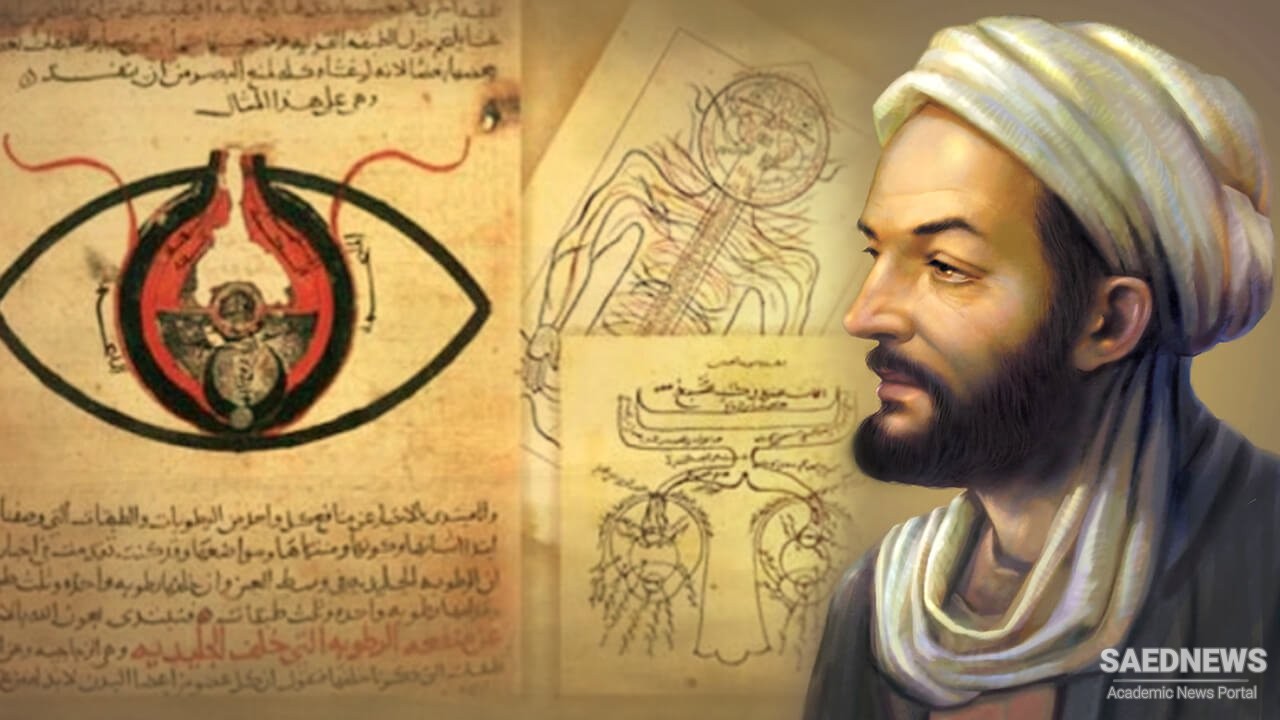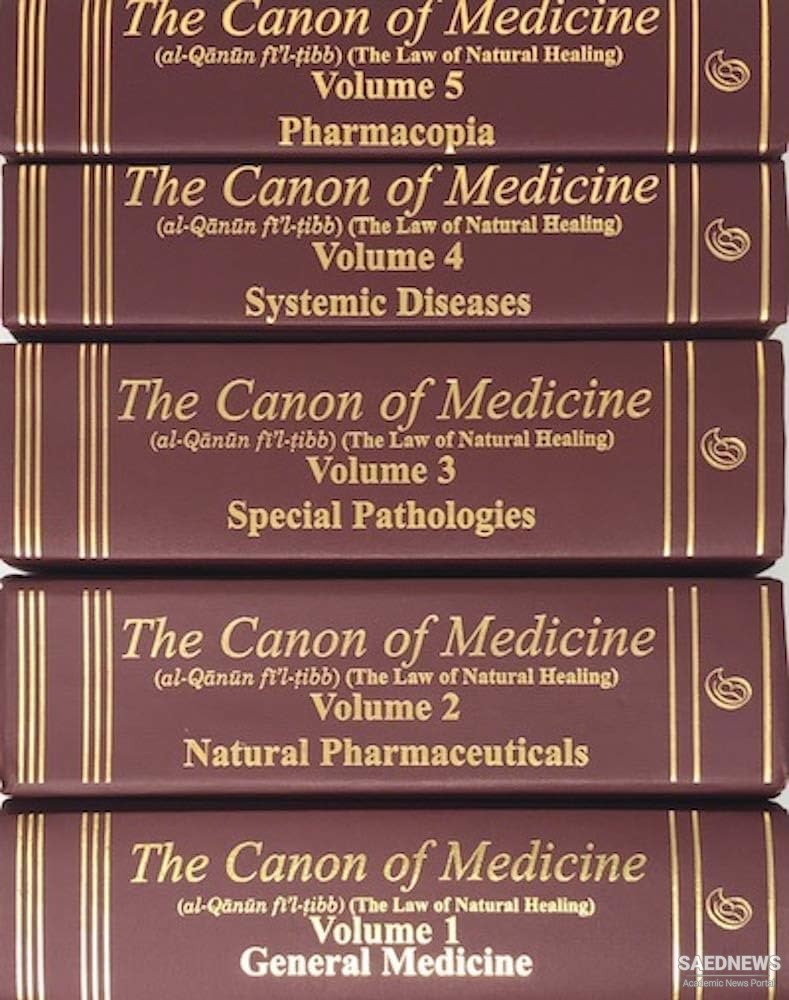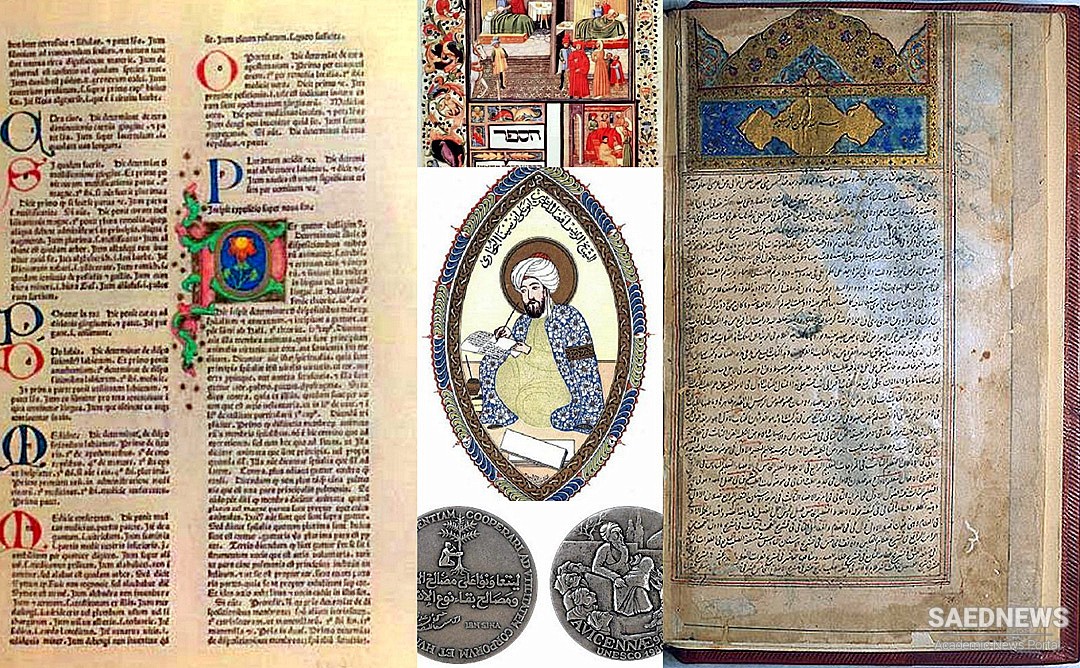He composed the Kitāb al-shifāʾ (Book of the Cure), a vast philosophical and scientific encyclopaedia, and Al-Qānūn fī al-ṭibb (The Canon of Medicine), which is among the most famous books in the history of medicine. Avicenna did not burst upon an empty Islamic intellectual stage. It is believed that Muslim writer Ibn al-Muqaffaʿ, or possibly his son, had introduced Aristotelian logic to the Islamic world more than two centuries before Avicenna. Al-Kindī, the first Islamic Peripatetic (Aristotelian) philosopher, and Turkish polymath al-Fārābī, from whose book Avicenna would learn Aristotle’s metaphysics, preceded him. Of these luminaries, however, Avicenna remains by far the greatest.

Life and education
According to Avicenna’s personal account of his life, as communicated in the records of his longtime pupil al-Jūzjānī, he read and memorized the entire Qurʾān by age 10. The tutor Nātilī instructed the youth in elementary logic, and, having soon surpassed his teacher, Avicenna took to studying the Hellenistic authors on his own. By age 16 Avicenna turned to medicine, a discipline over which he claimed “easy” mastery. When the sultan of Bukhara fell ill with an ailment that baffled the court physicians, Avicenna was called to his bedside and cured him. In gratitude, the sultan opened the royal Sāmānid library to him, a fortuitous benevolence that introduced Avicenna to a veritable cornucopia of science and philosophy.
Avicenna began his prodigious writing career at age 21. Some 240 extant titles bear his name. They cross numerous fields, including mathematics, geometry, astronomy, physics, metaphysics, philology, music, and poetry. Often caught up in the tempestuous political and religious strife of the era, Avicenna’s scholarship was unquestionably hampered by a need to remain on the move. At Eṣfahān, under ʿAlā al-Dawlah, he found the stability and security that had eluded him. If Avicenna could be said to have had any halcyon days, they occurred during his time at Eṣfahān, where he was insulated from political intrigues and could hold his own scholars’ court every Friday, discussing topics at will. In this salubrious climate, Avicenna completed Kitāb al-shifāʾ, wrote Dānish nāma-i ʿalāʾī (Book of Knowledge) and Kitāb al-najāt (Book of Salvation), and compiled new and more-accurate astronomical tables.
While in the company of ʿAlā al-Dawlah, Avicenna fell ill with colic. He treated himself by employing the heroic measure of eight self-administered celery-seed enemas in one day. However, the preparation was either inadvertently or intentionally altered by an attendant to include five measures of active ingredient instead of the prescribed two. That caused ulceration of the intestines. Following up with mithridate (a mild opium remedy attributed to Mithradates VI Eupator, king of Pontus [120–63 BCE]), a slave attempted to poison Avicenna by surreptitiously adding a surfeit of opium. Weakened but indefatigable, he accompanied ʿAlā al-Dawlah on his march to Hamadan. On the way he took a severe turn for the worse, lingered for a while, and died in the holy month of Ramadan.
Influence in philosophy and science
In 1919–20 British Orientalist and acclaimed authority on Persia Edward G. Browne opined that “Avicenna was a better philosopher than physician, but al-Rāzī [Rhazes] a better physician than philosopher,” a conclusion oft repeated ever since. But a judgment issued 800 years later begs the question: By what contemporary measure is an appraisal of “better” made? Several points are needed to make the philosophical and scientific views of these men comprehensible today. Theirs was the culture of the ʿAbbāsid Caliphate (750–1258), the final ruling dynasty built on the precepts of the first Muslim community (ummah) in the Islamic world. Thus, their cultural beliefs were remote from those of the 20th-century West and those of their Hellenistic predecessors. Their worldview was theocentric (centred on God)—rather than anthropocentric (centred on humans), a perspective known to the Greco-Roman world. Their cosmology was a unity of natural, supernatural, and preternatural realms.
Avicenna’s cosmology centralized God as the Creator—the First Cause, the necessary Being from whom emanated the 10 intelligences and whose immutable essence and existence reigned over those intelligences. The First Intelligence descended on down to the Active Intelligence, which communicated to humans through its divine light, a symbolic attribute deriving authority from the Qurʾān.

Avicenna’s most important work of philosophy and science is Kitāb al-shifāʾ, which is a four-part encyclopaedia covering logic, physics, mathematics, and metaphysics. Since science was equated with wisdom, Avicenna attempted a broad unified classification of knowledge. For example, in the physics section, nature is discussed in the context of eight principal sciences, including the sciences of general principles, of celestial and terrestrial bodies, and of primary elements, as well as meteorology, mineralogy, botany, zoology, and psychology (science of the soul). The subordinate sciences, in order of importance, as designated by Avicenna, are medicine; astrology; physiognomy, the study of the correspondence of psychological characteristics to physical structure; oneiromancy, the art of dream interpretation; talismans, objects with magical power to blend the celestial forces with the forces of particular worldly bodies, giving rise to extraordinary action on earth; theurgy, the “secrets of prodigies,” whereby the combining of terrestrial forces are made to produce remarkable actions and effects; and alchemy, an arcane art studied by Avicenna, although he ultimately rejected its transmutationism (the notion that base metals, such as copper and lead, could be transformed into precious metals, such as gold and silver). Mathematics is divided into four principal sciences: numbers and arithmetic, geometry and geography, astronomy, and music.
Logic was viewed by Avicenna as instrumental to philosophy, an art and a science to be concerned with second-order concepts. While he was generally within the tradition of al-Fārābī and al-Kindī, he more clearly dissociated himself from the Peripatetic school of Baghdad and utilized concepts of the Platonic and Stoic doctrines more openly and with a more independent mind. More importantly, his theology—the First Cause and the 10 intelligences—allowed his philosophy, with its devotion to God as Creator and the celestial hierarchy, to be imported easily into medieval European Scholastic thought.
Despite a general assessment favouring al-Rāzī’s medical contributions, many physicians historically preferred Avicenna for his organization and clarity. Indeed, his influence over Europe’s great medical schools extended well into the early modern period. There The Canon of Medicine (Al-Qānūn fī al-ṭibb) became the preeminent source, rather than al-Rāzī’s Kitāb al-ḥāwī (Comprehensive Book).
Avicenna’s penchant for categorizing becomes immediately evident in the Canon, which is divided into five books. The first book contains four treatises, the first of which examines the four elements (earth, air, fire, and water) in light of Greek physician Galen of Pergamum’s four humours (blood, phlegm, yellow bile, and black bile). The first treatise also includes anatomy. The second treatise examines etiology (cause) and symptoms, while the third covers hygiene, health and sickness, and death’s inevitability. The fourth treatise is a therapeutic nosology (classification of disease) and a general overview of regimens and dietary treatments. Book II of the Canon is a “Materia Medica,” Book III covers “Head-to-Toe Diseases,” Book IV examines “Diseases That Are Not Specific to Certain Organs” (fevers and other systemic and humoral pathologies), and Book V presents “Compound Drugs” (e.g., theriacs, mithridates, electuaries, and cathartics). Books II and V each offer important compendia of about 760 simple and compound drugs that elaborate upon Galen’s humoral pathology.


 Rooien an Aperture to Iranian Marvelous Nature
Rooien an Aperture to Iranian Marvelous Nature














































